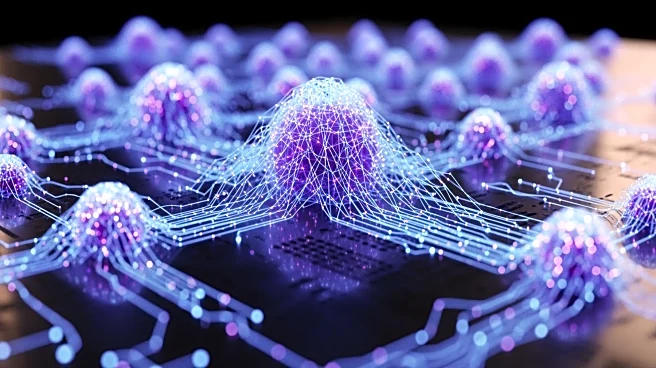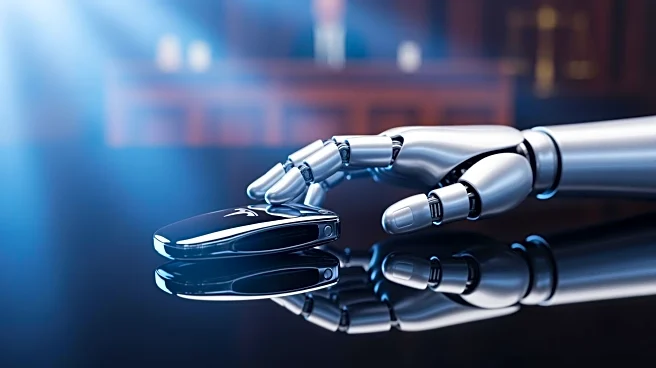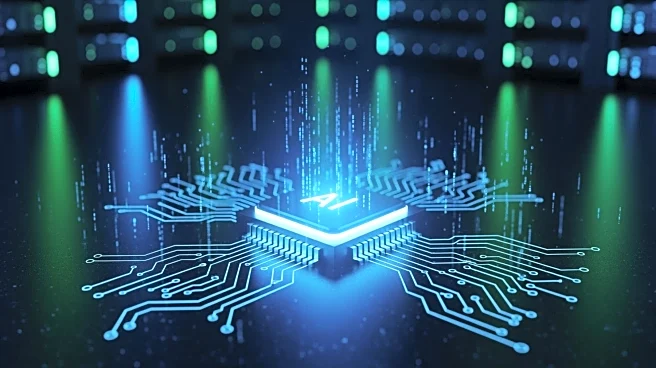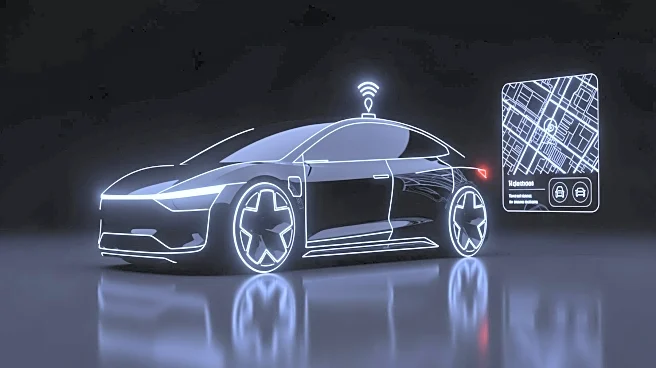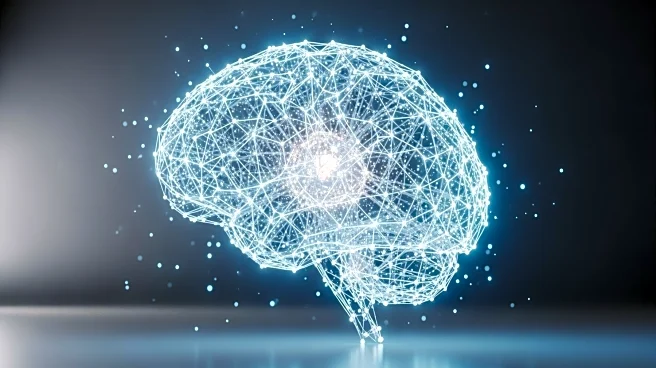What's Happening?
Researchers have introduced density quantum neural networks (density QNNs), a new model family designed to improve quantum machine learning performance. This framework utilizes mixtures of trainable unitaries,
allowing for shallower circuits with efficiently extractable gradients. The approach leverages the Hastings-Campbell Mixing lemma and commuting-generator circuits, enhancing trainability and expressivity. Numerical experiments demonstrate improved performance across several quantum models, suggesting density QNNs offer a flexible toolkit for quantum machine learning practitioners.
Why It's Important?
Density QNNs address significant challenges in quantum machine learning, particularly the computational cost of gradient extraction. By offering a more efficient training method, these models could accelerate the development of quantum applications, bridging the gap between quantum and classical machine learning capabilities. This advancement is crucial for leveraging near-term quantum hardware, potentially unlocking new possibilities in data analysis and problem-solving.
What's Next?
Further research and development of density QNNs are expected, with potential applications in various fields such as cryptography, optimization, and artificial intelligence. As quantum technology continues to evolve, density QNNs may play a pivotal role in expanding the capabilities of quantum computing, driving innovation and discovery. Collaboration between quantum researchers and industry stakeholders could facilitate the integration of these models into practical applications.
Beyond the Headlines
The introduction of density QNNs reflects broader trends in quantum computing, emphasizing the need for scalable and efficient solutions. This development may influence educational and research priorities, encouraging a focus on quantum technologies and their potential impact on society. Additionally, the success of density QNNs could inspire new approaches to machine learning, fostering cross-disciplinary collaboration and innovation.


